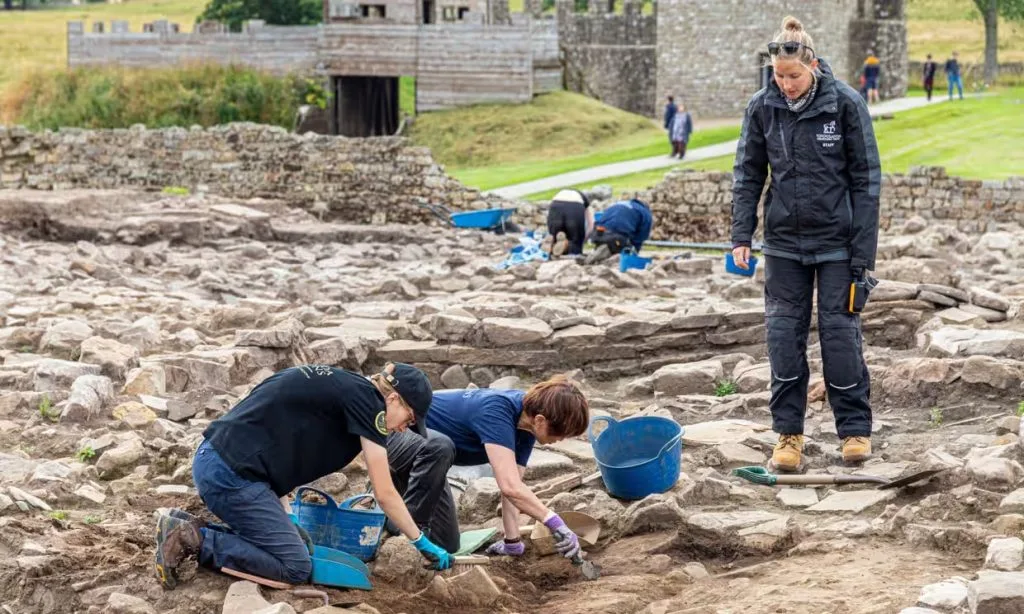Archaeologists working at the Roman garrison site of Vindolanda in Northumberland, located south of Hadrian’s Wall, have unearthed compelling evidence suggesting that the Romans introduced bedbugs to Britain.
Despite the renowned public Roman baths, latrines, exfoliating cleansers, and public facilities characterizing hygiene in ancient Rome, which is generally believed to have maintained high standards of cleanliness, not everything appears to have been perfect.
Katie Wyse Jackson, a 24-year-old student at University College Dublin (UCD), made this intriguing discovery while examining excavated material for her master’s thesis in archaeoentomology – the study of insects at archaeological sites.
Her focus on one of Vindolanda’s lowest layers, dating back to around AD100, led to the identification of two thoraces believed to be from the common bedbug Cimex lectularius – insects that feed on the blood of animals and humans.

Dr. Andrew Birley, leading the Vindolanda archaeological team, commented to The Guardian, stating, “It is incredibly rare to find them in any ancient context.”
Cimex lectularius, or bed bugs, have a historical presence dating back to ancient Greek writings as early as 400 BC. Aristophanes, an ancient Greek playwright, made references to bed bugs in several of his plays. Pliny, the ancient Roman philosopher, even believed in the medicinal properties of bedbug bites, suggesting their potential for treating snakebites and ear infections.
Reflecting on these historical perspectives, Wyse Jackson noted, “People then had all sorts of notions of what insects could do.”
Dr. Stephen Davis, a lecturer in UCD’s environmental archaeology and a member of the specialist team, pointed out that a similar discovery had been made at another Roman site in England, namely Alcester in Warwickshire. However, the bedbugs found at Vindolanda are notable as they represent the earliest such discovery in Britain.
In addition to bedbugs, researchers found other insects in soil samples that could offer valuable insights into various aspects of Roman life, including trade, food storage, hygiene, and waste disposal. Dr. Davis emphasized the significance of the findings by stating, “So we’re really not looking at a clean space here. Most importantly, a large proportion of the insects I’m finding are what we call synanthropic. They live in close proximity to humans.”
Challenging the common perception of Romans as extremely clean, the presence of these insects adds an intriguing layer to the understanding of Roman hygiene practices. One theory proposed by researchers suggests that bedbugs might have been introduced to Britain through Roman straw mattresses.


